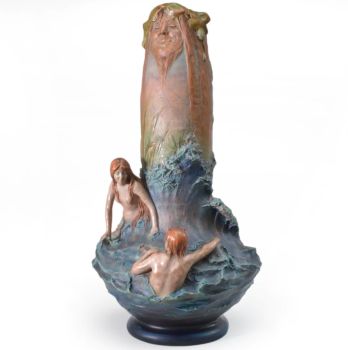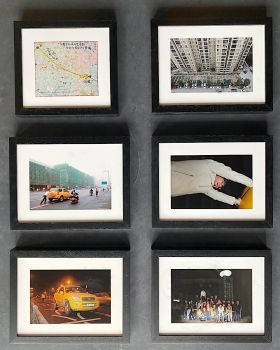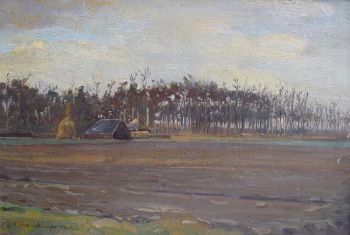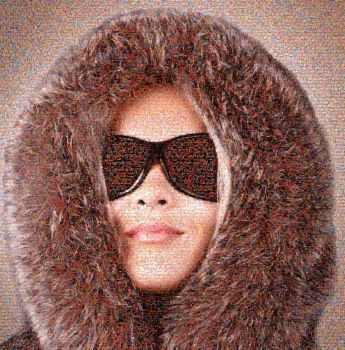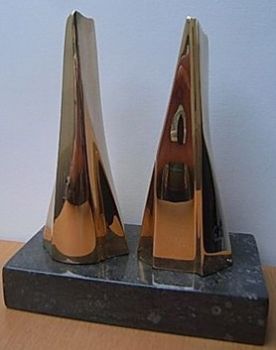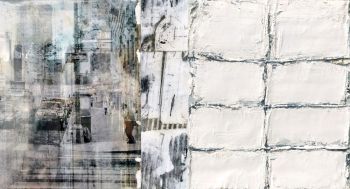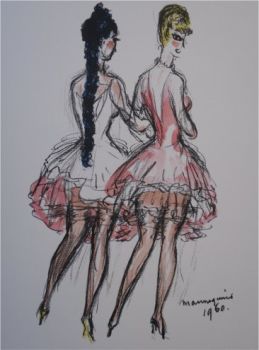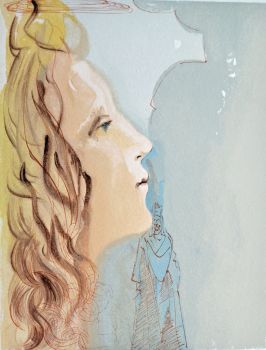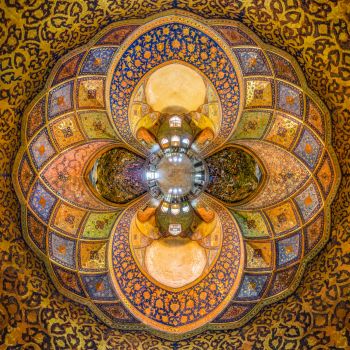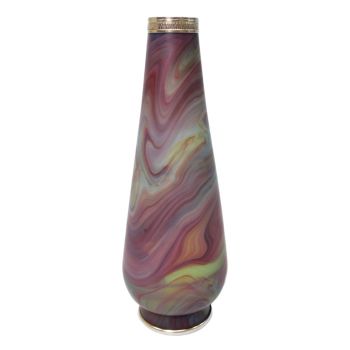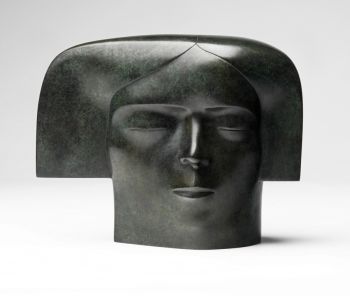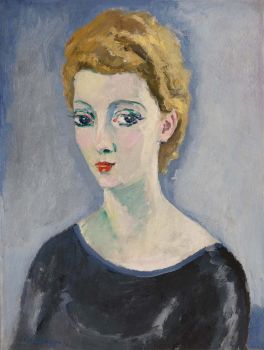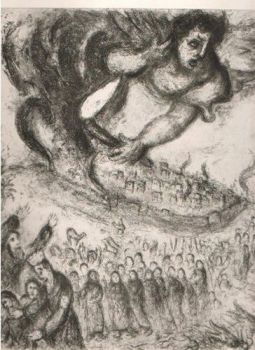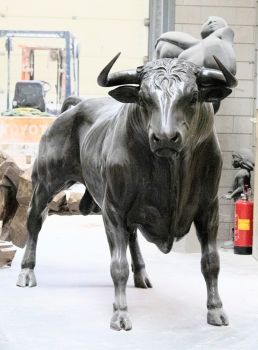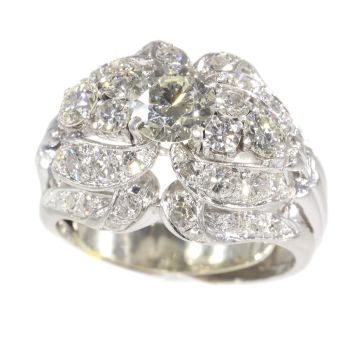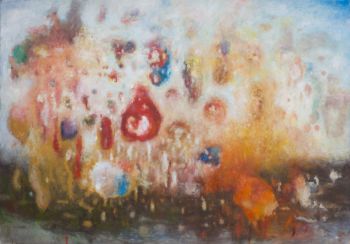To buy or not to buy NFTs? More about NFTs and how they impact the art world
Don't worry if you don't know exactly how NFTs work and how exactly they impact the art world. Developments are moving at lightning speed these days, technical terms are flying around you and, moreover, opinions about NFTs are also divided. Still, those in the know agree that NFTs are not a one-time hype but will have a lasting impact on the future of the art world. In this article we will try to explain what exactly NFTs are and what their influence is on the art world and what the pros and cons are. Perhaps this article will help you decide whether or not to buy NFTs.
What exactly are NFTs?
An NFT stands for 'non-fungible token'. This means that an item becomes irreplaceable by encrypting it with a unique code in a blockchain, the so-called 'minting'. This code is therefore proof of authenticity and ownership.
It is the same method with which cryptocurrencies (such as Bitcoins) are registered. In fact, a blockchain is nothing more than a unique string of characters that refers to an item to which it is inextricably linked. This makes the item in question unique and the authenticity is guaranteed. NFTs can best be seen as computer files in combination with a proof of ownership and a unique authenticity that are irreplaceable, such as with a deed at the notary.
The buyer receives a digital file, an NFT always remains in the blockchain. Each NFT is unique, cannot be multiplied or divided and can only be transferred in its entirety. The scarcity and uniqueness of an NFT determine its value.
It is important to note that the creator of the item holds the copyright to the specific work and the purchaser of the NFT you acquire the beneficial ownership of the NFT and not the copyright to the work.
Currencies such as euros, dollars and cryptocurrencies are 'functionable', meaning that one euro, dollar or bitcoin is exchangeable and always has the same value. NFTs ('non-functioning'), on the other hand, have unique valuations, set by the highest bidder, just like a Rembrandt or a Picasso. It is therefore best to characterize an NFT as a 'non-functioning' and 'digital collector's item'.
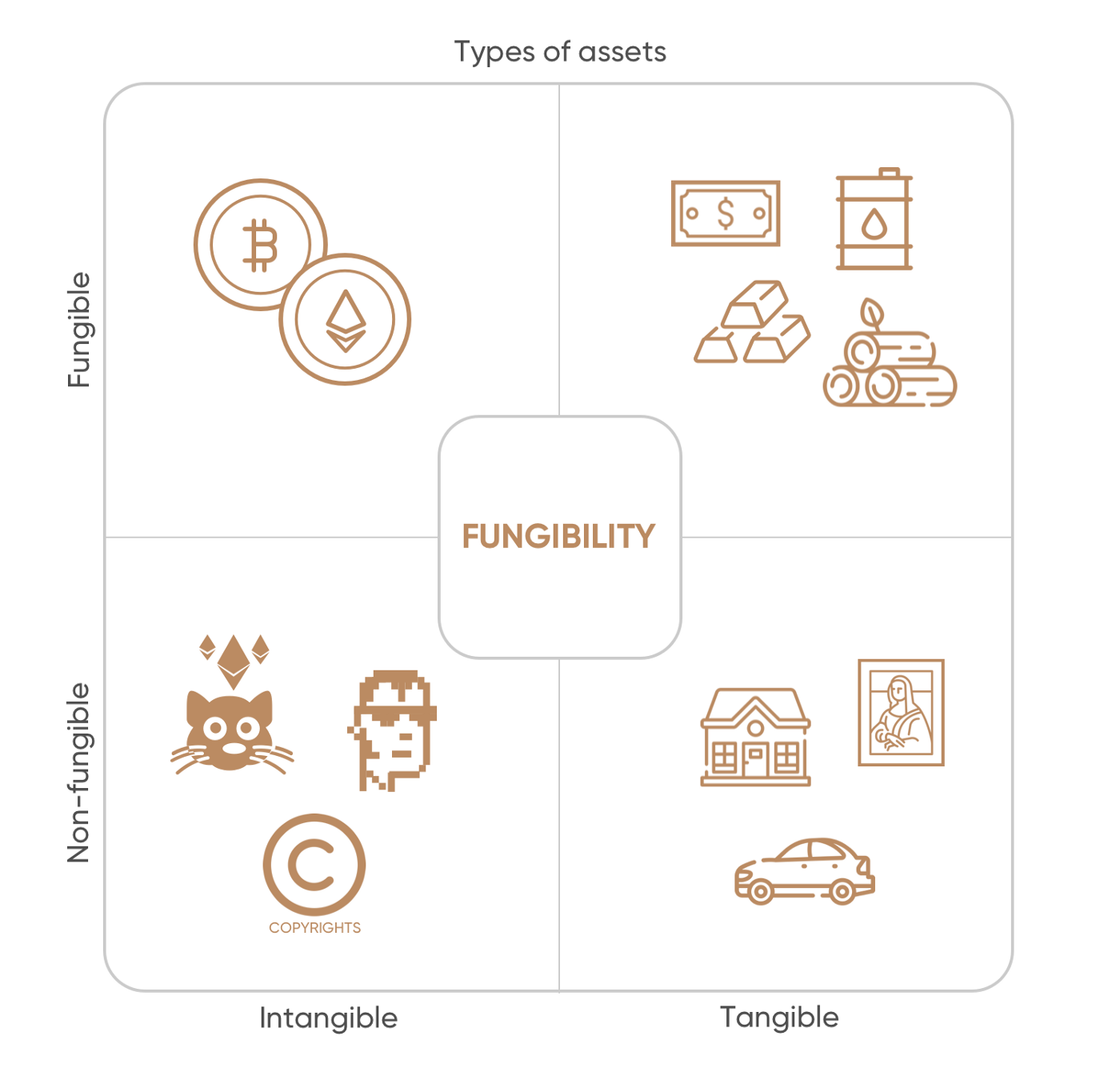 Diagram digital and tangible and objects and functionable and non-functioning objects
Diagram digital and tangible and objects and functionable and non-functioning objects
Most NFTs are on the ethereum blockchain, but they are also supported by other blockchains. Ethereum is an open source platform and mining network for various cryptocurrencies, including its proprietary cryptocurrencies Ether (ETH).
An NFT is made or 'beaten' from digital objects that represent both tangible and intangible items, such as:
- Digital art
- Gifs
- Videos (such as sports highlights)
- Virtual avatars for video games
- Sneakers
- Music
An NFT is therefore a type of digital asset, such as photos or digital artworks. It became best known in 2017 thanks to 'CryptoKitties', a blockchain game in which players buy, sell and breed their own unique kitties.
 Example of CryptoKitties and the ability to buy them as an NFT via cryptocurrency ether (ETH)
Example of CryptoKitties and the ability to buy them as an NFT via cryptocurrency ether (ETH)
What do NFTs have to do with art?
NFTs can be considered “Bitcoin for Art” at their most basic level. Bitcoin is the digital answer to currency, NFTs is the digital answer to collectibles.
Traditional works of art such as paintings have value because they are unique. But digital files can be endlessly duplicated. NFTs allow artworks to be "tokenized" with a single digital certificate of authenticity and ownership that can be purchased. Basically, NFTs are titles to works of human creativity that are secured through a Blockchain network.
And by turning a work of art into an NFT, you create scarcity, which makes it attractive as a collector's item. Only this is not something tangible but something digital.
Artists who want to sell their work as NFTs must sign up with a marketplace and then 'mint' digital tokens by uploading and validating their information on a blockchain (usually the Ethereum blockchain, a rival platform to Bitcoin). This usually costs between $40 and $200. They can then offer their artwork for auction on an NFT marketplace, similar to eBay.
For example, artists add their signature to the artwork in an NFT metadata file. They can even program royalties so that they receive a percentage of the transaction when their artwork is sold back to a new buyer.
Nowadays, every ambitious artist can easily make an NFT of his creation (or have it made) and auction it to the highest bidder. The artist needs: a digital work, a wallet with some cryptocurrency, a platform that makes NFT, also read the following article.
 The process of creating, selling and buying NFTs
The process of creating, selling and buying NFTs
How do NFTs affect the art world?
Normally when an artist sells a painting, he gets the amount from the buyer and that's it. As with music or the reprint of a book, the artist does not receive a percentage of the new profit from a resale.
As a result, (especially novice) artists are missing out on a lot of money. Because often large profits are made, especially when selling works of art, which the artist himself does not see in return. An NFT is a contract which in principle establishes the rights of the artist and when reselling the artist receives a percentage of the profit from this sale.
Furthermore, with an NFT, the speed of a sale is higher. When you sell an NFT, you immediately receive the agreed amount. With a physical exhibition in a gallery it sometimes takes a while before the sale is closed and before you actually get your money.
Forging a work is also difficult or even almost impossible. So no one can make money with their work unnoticed. This is a major advantage for digital artists in particular. Incidentally, it is not yet impossible that 'a wallet' can be hacked and the crypto art stolen. But hacking wallets is very complex and security is generally very good.
 Many speculators also buy NFTs with the intention of repurchasing them with high profits
Many speculators also buy NFTs with the intention of repurchasing them with high profits
What are the benefits of NFTs?
For the artist, NFTs are a great advantage that every artist can convert his NFT work fairly easily and offer it to a large audience without all kinds of barriers to entry that may have previously applied. The artist can digitally gain easier access to a large and wide audience. In addition, the artist can continue to earn from his work, even if it is subsequently sold.
Art is becoming more accessible to a larger audience and, above all, also appeals to a younger audience (new generation). This younger group is often sufficiently wealthy and this also has a positive effect on the more traditional 'tangible' art market.
Because the ownership and authenticity are recorded, it offers the buyer more insight into how the value of a work of art is built up and insight into the authenticity and provenance of the work of art has become more difficult because of this, forgery (replication) has become more difficult. NFT works can be traded directly and simply on a global market.
The emergence of NFTs has led to more attention and appreciation for digital art in general. Digital art has long been undervalued because it was so freely available and easily replicable. NFTs now add the crucial ingredient of scarcity. For many collectors, if they know the original version of something exists, they are even more likely to crave the "authentic" piece.
Moreover, the advantages of digital are that you do not need physical space and logistics; not to sell them, not to view them and not to collect them.
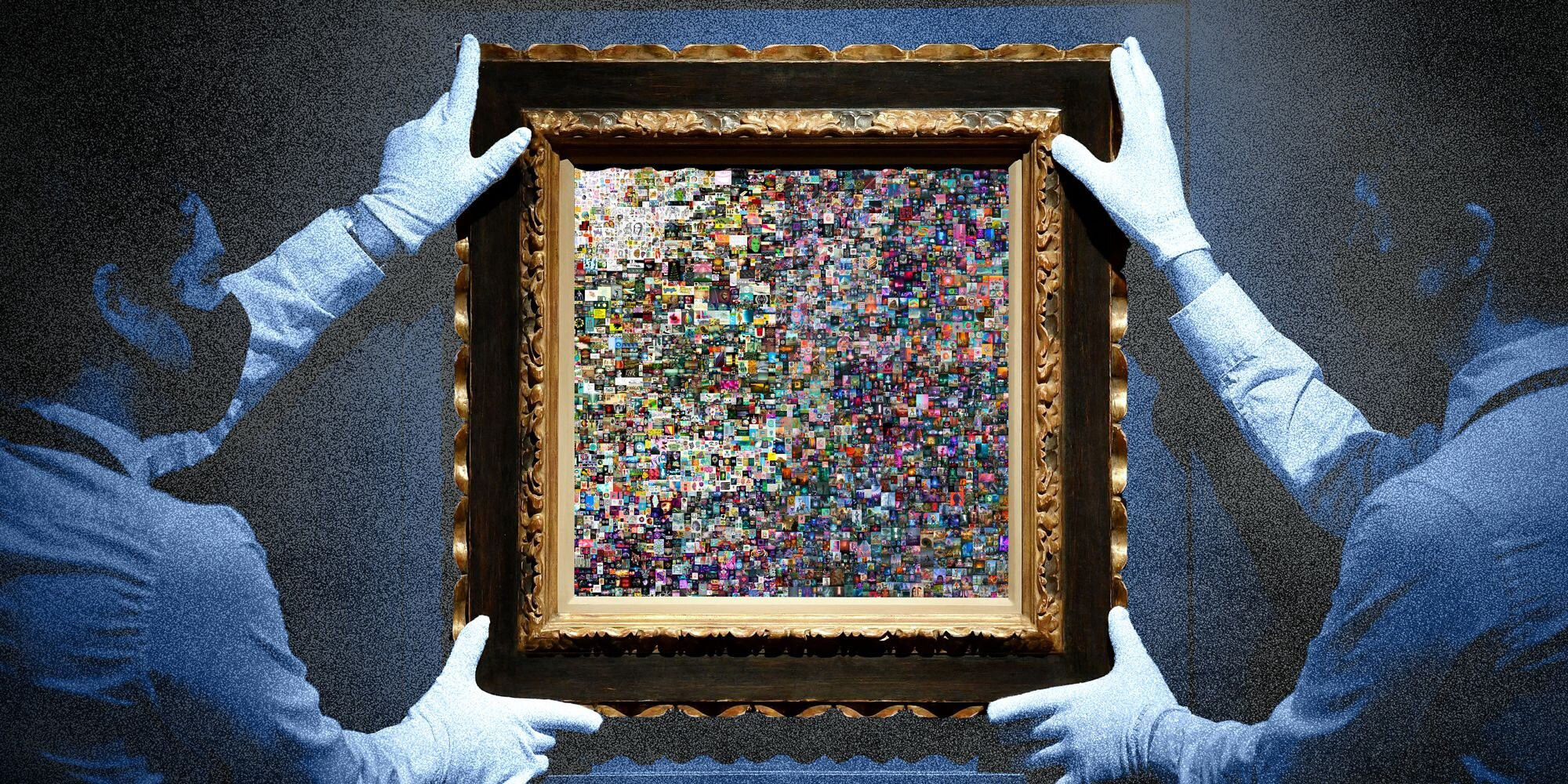 An NFT "Everydays: The First 500 Days" by artist Beeple recently sold for $69 million at a Christie's auction!
An NFT "Everydays: The First 500 Days" by artist Beeple recently sold for $69 million at a Christie's auction!
What are the disadvantages of NFTs?
The relatively new NFT technique also attracts speculators rather than real art lovers. As a result, huge amounts are sometimes paid (and losses incurred) for NFT works of art that do not fall under good art. Due to the NFT hype/bubble, many 'less good' works of art have come onto the market.
With the arrival of the NFTs, 'power' seemed to have shifted more towards the artist, but we see that the 'traditional art ecosystem' also simply moves along. Even today, the gate keepers and middle men (art critics, influencers, celebrities, experts and galleries) largely determine the entry valuation and exploitation of NFT art. The art world has not always become more accessible for many new artists in reality.
Legal experts are also struggling to determine how to deal with existing copyright laws and this new technology. As indicated earlier, there is an important difference between property right and copyright, which means that legal conflicts are lurking.
Although NFTs seem more environmentally friendly (you no longer have physical spaces and logistics), creating NFTs requires an enormous amount of raw computing power. Many of the 'server farms' where that work is done are powered by fossil fuels. The environmental impact of blockchain could become an issue in the future.
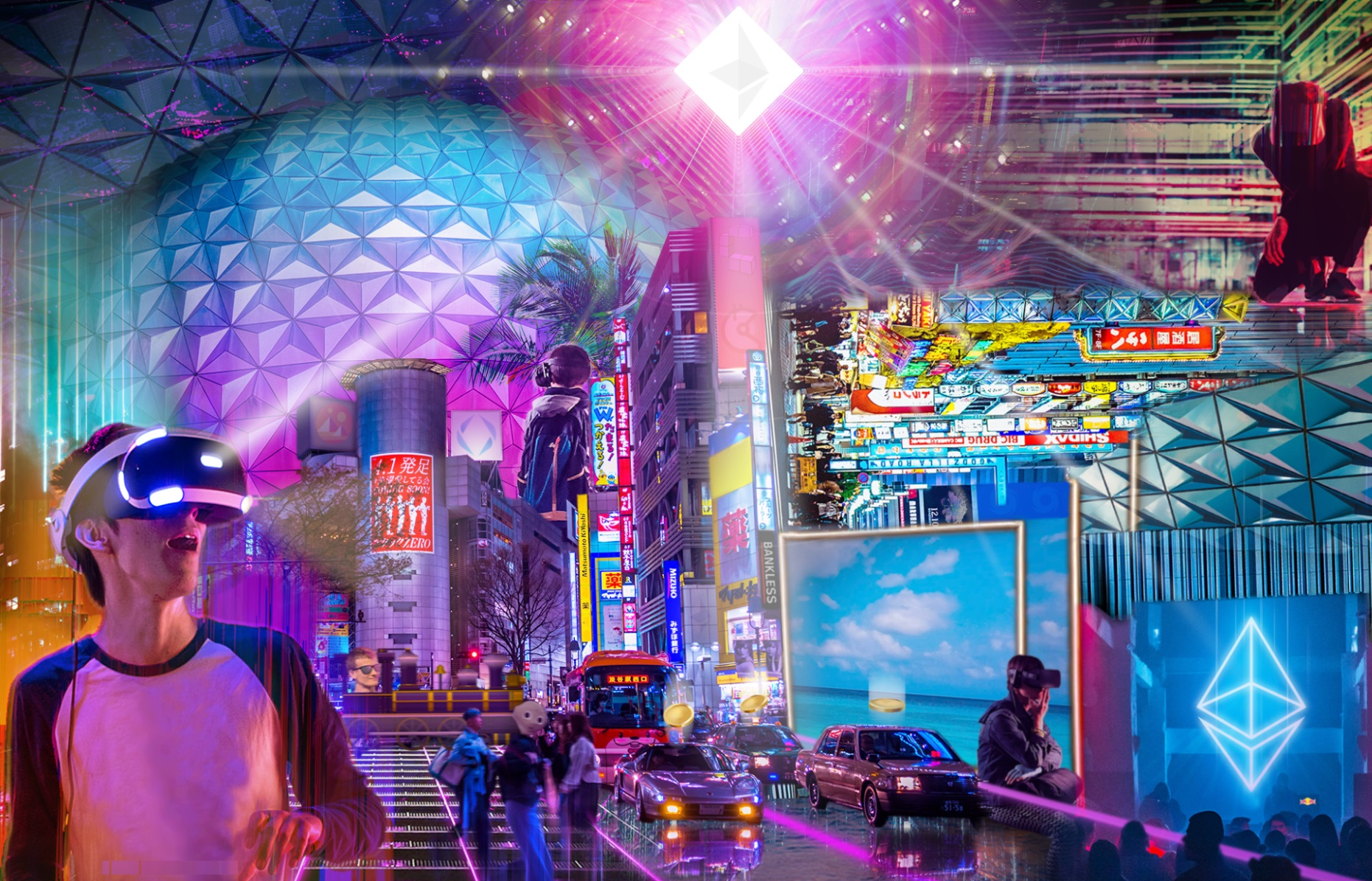 Our time use in the virtual world or the 'Metaverse' and with it the role of NFTs will only grow in the future
Our time use in the virtual world or the 'Metaverse' and with it the role of NFTs will only grow in the future
The future of NFTs
As with many new 'idealistic technologies', these are often imperfect in their rollout, can create a bubble or hype and can be misused in the beginning by people with the wrong intentions.
If the speculative element eventually disappears, we believe that the technology behind NFTs offers great opportunities to benefit from the current problems in the art market (such as fairer remuneration of (online) creation, protection of rights/property and insight and accessibility of art).
The question is how do we deal with technology and how do we use it? The potential social impact is important and we must do everything we can to make it manageable.
NFTs in the Metaverse
What we do know is that even big tech companies believe in crypto technology in the arts. Facebook and Instragram users can post their NFTs and prove that they actually own these NFTs by linking their crypto wallet. On Twitter, users have been able to use verified NFTs as their profile picture for some time.
Metaverse also sees a major role for NFTs in the 'metaverse', the virtual second life that Mark Zuckerberg is committed to. NFTs are important for capturing the owners of virtual objects in the VR world.
In the 'Metaverse' we will all be spending much more time together in the future and an online identity will become increasingly important. Don't be surprised if we will soon meet up with other people (or avatars), play games, advertise, buy, sell and perhaps also walk into museums, exhibitions or galleries just like in the real world.
If you'd like to learn more about the future of NFTs in the art world and the Metaverse, Elizabeth's Ted Talk below is definitely worth watching!


